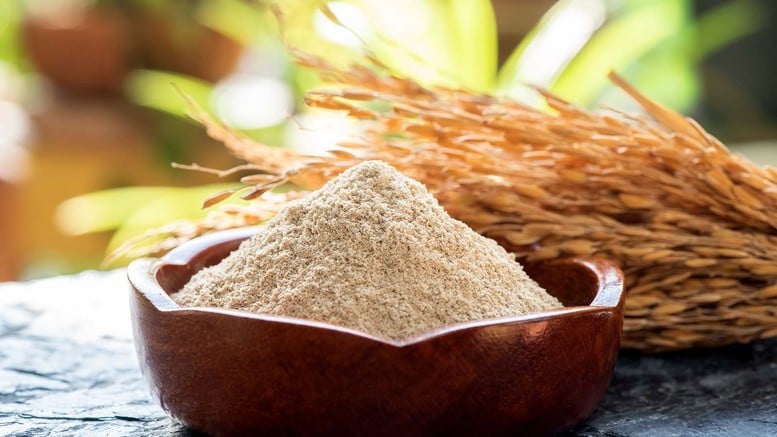
From by-products to export products
Rice bran, once considered a waste product in the rice milling process, is now being redefined as a strategic product in the livestock industry. With its rich nutritional properties, especially in energy and protein, fermented rice bran has become an important ingredient in the production of animal feed, especially in high-demand markets such as China.
Fermentation technology not only improves nutritional quality but also reduces anti-nutrients such as phytate, making rice bran an optimal choice in poultry and pig feed.
The Chinese market, with a population of over 1.4 billion people and a meat consumption demand of about 400 billion USD per year, is an ideal destination for Vietnamese rice bran. Meanwhile, Vietnam has to import livestock raw materials with a turnover of 7-8 billion USD per year, posing a challenge to reduce dependence and increase exports. The Protocol on Rice Bran Safety and Quarantine signed on April 15, 2025, along with 4 other agricultural protocols and 3 environmental agreements, has opened the door to official exports. This not only affirms Vietnam's position in the global agricultural supply chain but also creates motivation to optimize rice by-products.
According to Mr. Pham Kim Dang, Deputy Director of the Department of Animal Husbandry and Veterinary Medicine ( Ministry of Agriculture and Environment ), the Protocol requires that exported rice bran and rice bran extracts must meet strict standards. The products must not contain Salmonella bacteria, molds or genetically modified ingredients that have not been approved according to the Chinese National Standard (GB13078). The production, processing and transportation processes must comply with food hygiene and safety regulations, with each shipment accompanied by a phytosanitary certificate and hygiene declaration issued by the Ministry of Agriculture and Environment. Enterprises must also be assessed, approved and introduced by the Department of Animal Husbandry and Veterinary Medicine to the General Administration of Customs of China (GACC).
To meet this demand, businesses need to build a quality management system according to Hazard Analysis and Critical Control Points (HACCP) standards, a food safety management system that identifies, evaluates and controls hazards in the food production process and implements a transparent traceability process. This is an important step forward, but also poses a major challenge in terms of investment costs and time. Mr. Dang emphasized that compliance with these requirements not only ensures quality but is also the key to building trust with Chinese partners, where the market requires high stability and safety.
Removing procedural barriers
Honoroad Vietnam Rice Bran Processing Co., Ltd. is a prime example of export potential. With an annual output of 150,000 tons of rice bran, all of which is consumed in China, the company demonstrates the capacity of Vietnamese enterprises to meet international standards. Ms. Huynh Tuyet Nghi, Director of the Company, affirmed: "We are fully capable of meeting the quality requirements set by China, from microbiological control to food safety." However, she also pointed out the biggest obstacle: complicated administrative procedures.
The time from packaging to arrival at Chinese ports is only about 3-4 days, creating great pressure in completing export documents. Enterprises often have difficulty updating information on regulations between the two countries, which change frequently and are not synchronized. This leads to the risk of delays or refusal of customs clearance, directly affecting profits. "We hope that the Department of Animal Husbandry and Veterinary Medicine will support in simplifying procedures and shortening the time for processing documents," Ms. Nghi proposed, emphasizing that this is a key factor to improve competitiveness.
On May 26, the Department of Animal Husbandry and Veterinary Medicine held a conference to implement the Protocol on rice bran. The conference focused on guiding businesses on how to comply with technical requirements, while calling for close coordination between management agencies and businesses. Mr. Pham Kim Dang said: "The Department expects businesses to proactively update regulations, strengthen self-control of quality, and work with authorities to effectively exploit the Chinese market."
To remove barriers, the Department commits to supporting businesses in registering with GACC, periodically monitoring quality (at least once every 3 months) and promptly handling cases of non-compliance. In addition, promoting propaganda and training on the Protocol and applying traceability technology will help businesses better grasp opportunities. This support not only promotes exports but also encourages investment in processing technology, environmental protection and enhancing the value of rice by-products.
With an all-time high of 62.4 billion USD in agricultural exports in 2024, Vietnam is asserting its position in the international market. Rice bran, with its great potential from fermentation technology and stable demand from China, could become a new pillar. However, success depends on the ability to overcome administrative barriers. If simplified, this process would not only help businesses save costs but also motivate the agricultural sector to invest in research and development of high-quality products.
In the current context, when China continues to be a large market with 11.2 billion USD of imports from Vietnam in the first 11 months of 2024, taking advantage of the opportunities from the Protocol is extremely important. The future of Vietnamese rice bran in China is not only an economic story but also a testament to the transformation of Vietnam's agricultural sector.
Source: https://baolangson.vn/cam-gao-viet-nam-san-sang-chinh-phuc-thi-truong-trung-quoc-5048334.html





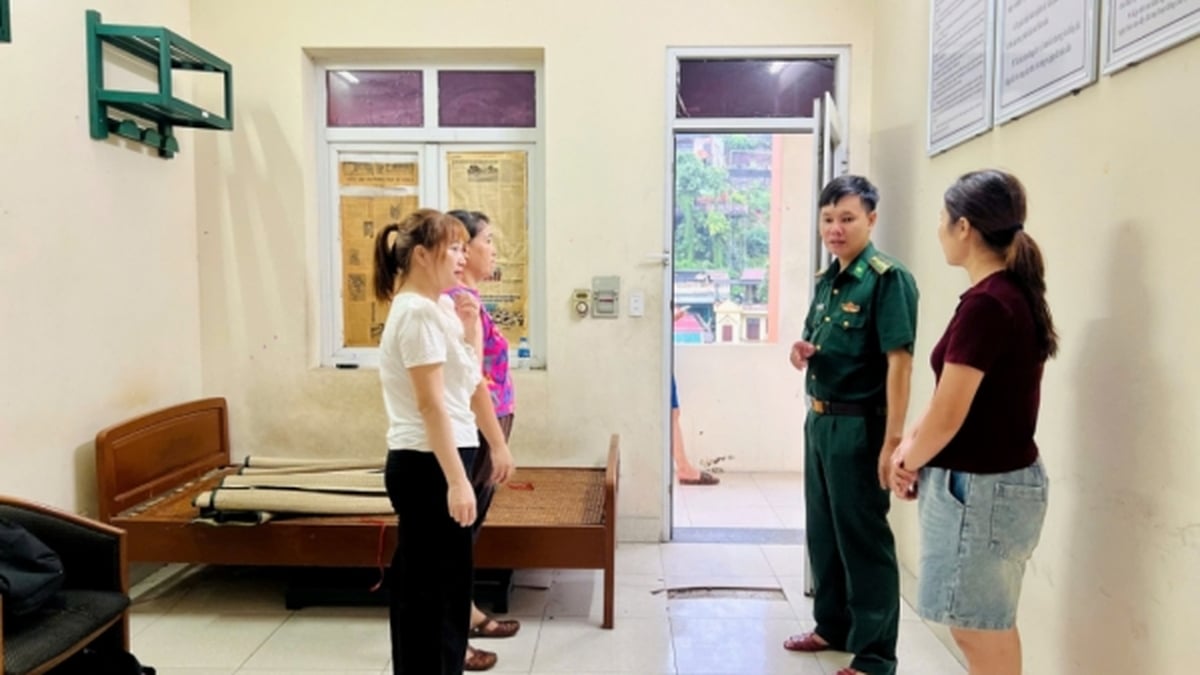
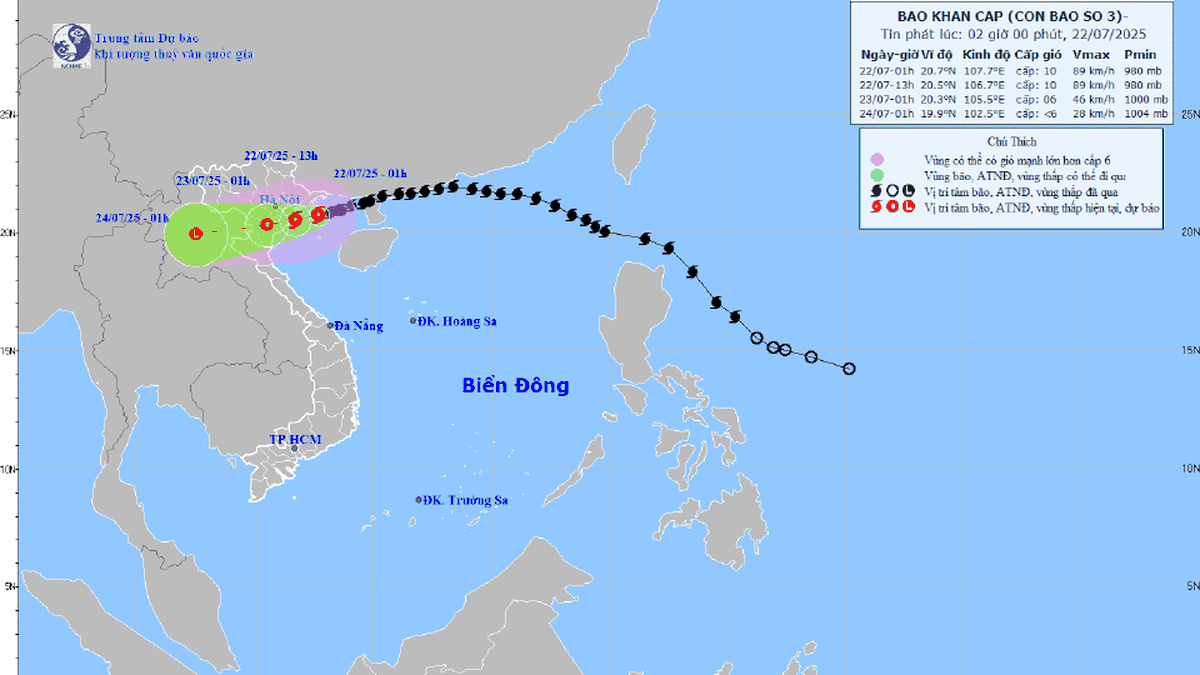


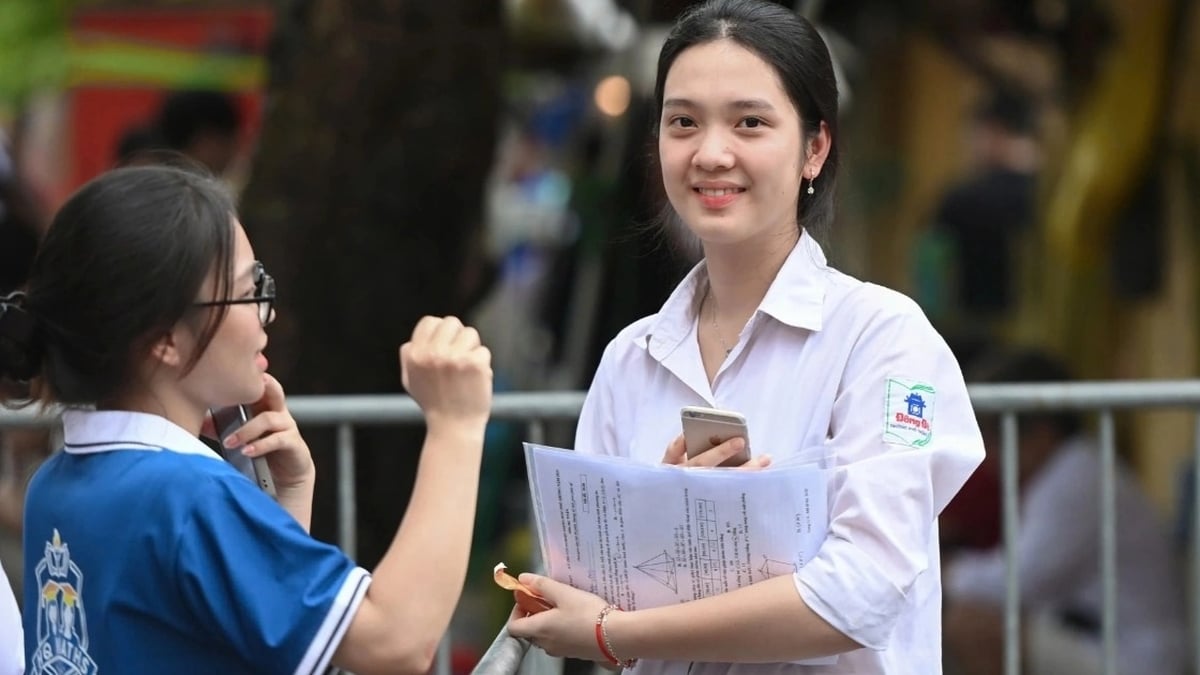

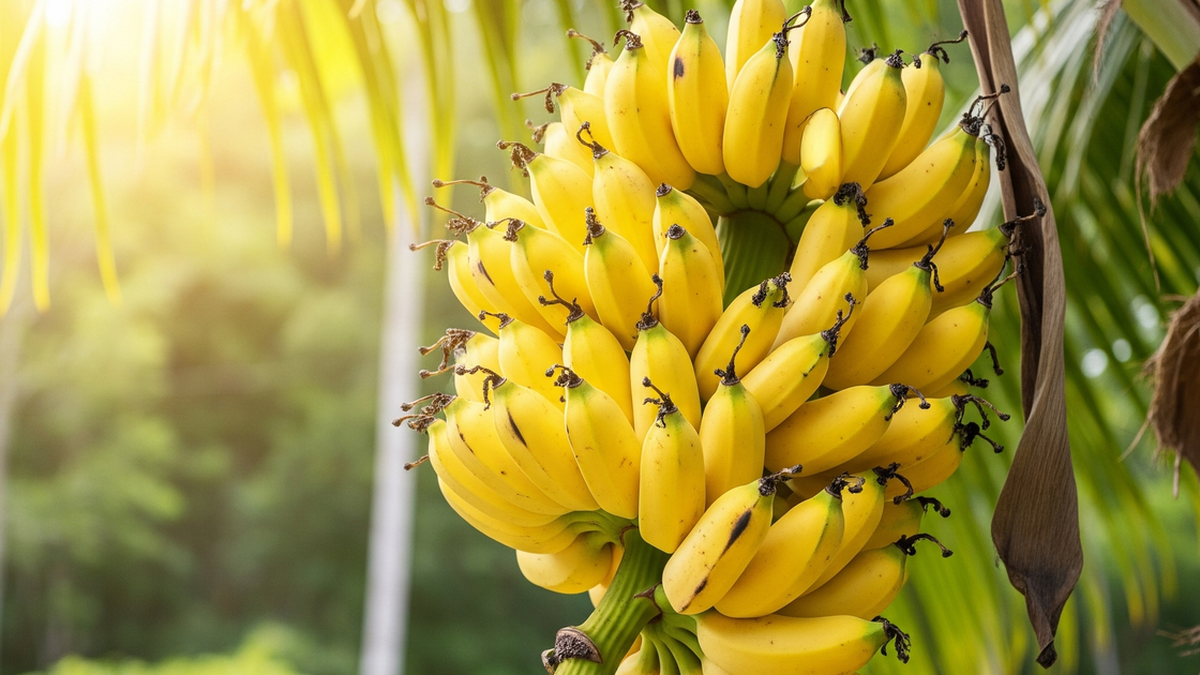
















![[Photo] National Assembly Chairman Tran Thanh Man visits Vietnamese Heroic Mother Ta Thi Tran](https://vphoto.vietnam.vn/thumb/1200x675/vietnam/resource/IMAGE/2025/7/20/765c0bd057dd44ad83ab89fe0255b783)

















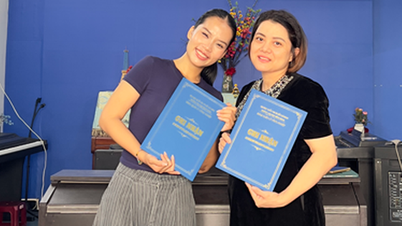






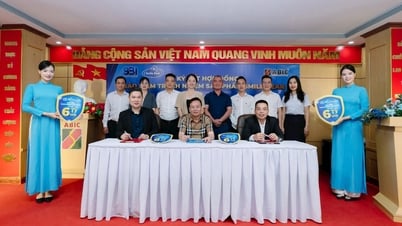











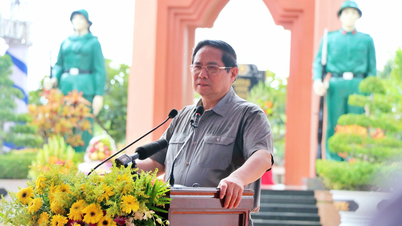
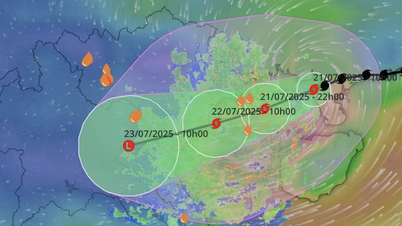





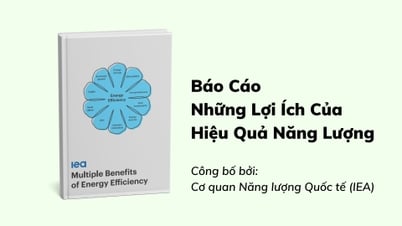

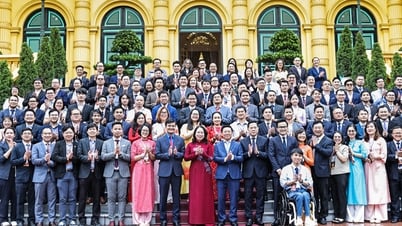

























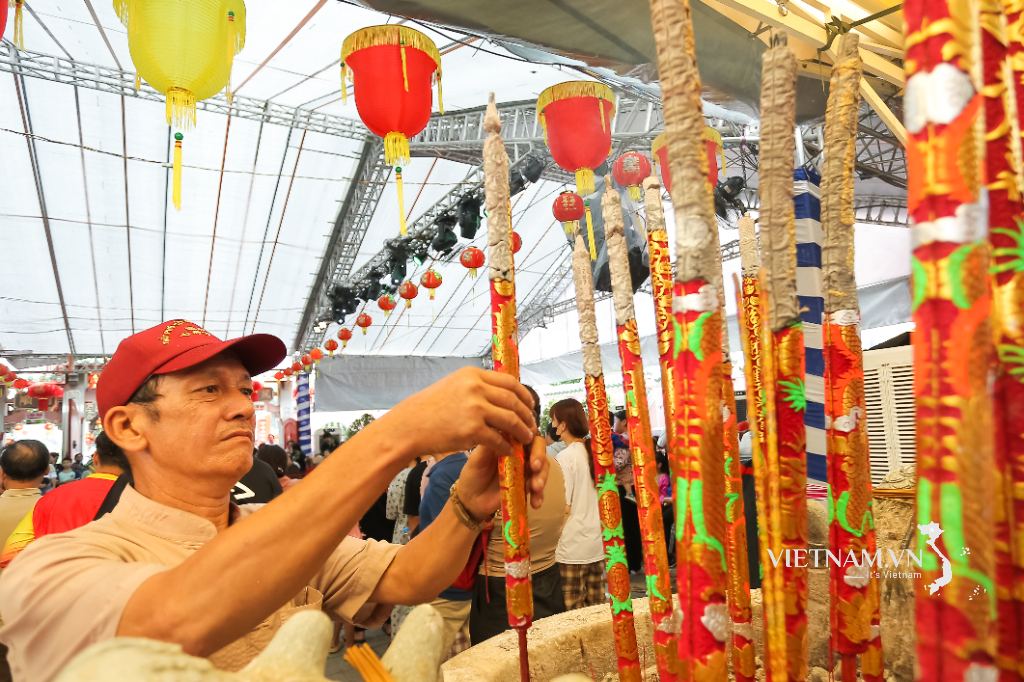

Comment (0)